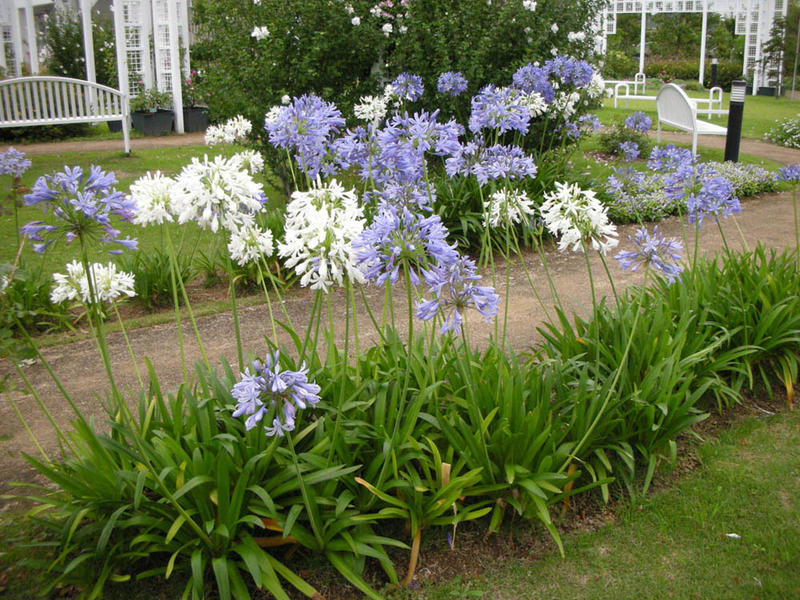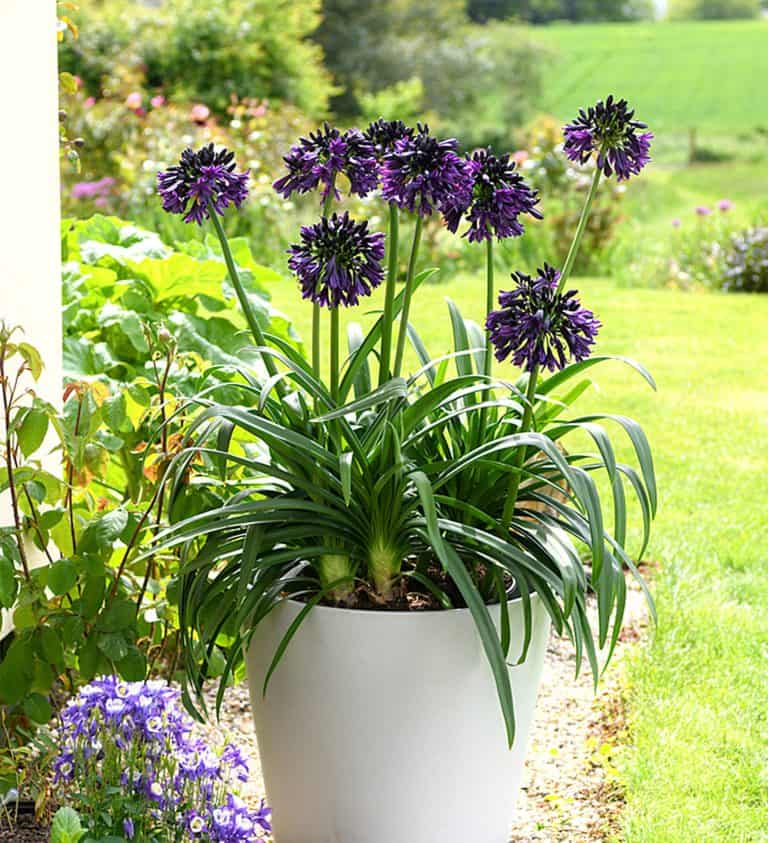Agapanthus Propagation: Tips for Expanding Your Plant Collection
Agapanthus Propagation: Tips for Expanding Your Plant Collection
Blog Article
Mastering the Art of Agapanthus Care: Important Steps for Healthy Growth and Lively Blossoms
In the world of horticulture, the growing of agapanthus stands as a satisfying endeavor for those who seek to nurture these stylish flowering plants. With their striking blossoms and elegant vegetation, agapanthus has caught the focus of gardeners worldwide. Nonetheless, accomplishing optimal development and lively blossoms calls for a nuanced approach that incorporates various essential steps. From picking the best selection to understanding pruning techniques, the trip in the direction of growing growing agapanthus plants is multifaceted and holds the crucial to unlocking the complete capacity of these botanical treasures.

Picking the Right Agapanthus Range

When picking the appropriate Agapanthus range for your yard, take into consideration aspects such as climate viability, blossom shade, and growth habit. Furthermore, take into consideration the climate in your region to ensure the Agapanthus selection you pick can thrive in your specific conditions. Understanding the growth routine of various Agapanthus ranges is critical for appropriate placement within your yard.
Ideal Growing Conditions
Considering the ideal ecological needs is essential for successful Agapanthus growing. Agapanthus plants are sensitive to chilly temperature levels and must be shielded from frost throughout wintertime months.
To ensure healthy and balanced growth and lively blossoms, plant Agapanthus light bulbs at a deepness of regarding 2-4 inches and room them 8-12 inches apart. Adding organic matter, such as garden compost, to the dirt can enhance drainage and fertility, promoting durable root growth. Mulching around the base of the plants assists keep wetness and reduces weed development. Regular watering is critical, particularly during the growing period, to maintain the soil regularly moist but not saturated.
Watering and Fertilizing Tips
Maintaining appropriate moisture degrees and providing essential nutrients are crucial aspects in the care program for Agapanthus plants. When it comes to sprinkling Agapanthus, it is critical to strike a balance. These plants like continually moist dirt yet are vulnerable to root rot if overwatered.
Fertilizing Agapanthus is vital for advertising healthy and balanced development and respected blossoms. Apply a well balanced plant food, such as a 10-10-10 formula, in the early springtime as new development arises. By adhering to these watering and feeding pointers, you can ensure your Agapanthus plants grow and generate dynamic, long-lasting blooms.
Pruning Techniques for Agapanthus
Trimming Agapanthus plants at the suitable times and with correct strategies is vital for keeping their health and wellness and advertising ideal growth and blooming. The suitable time to prune Agapanthus is in late winter months or early springtime before brand-new development emerges.
Deadheading invested flowers can additionally reroute the plant's power right into creating even more blooms instead than establishing seeds. If you desire to collect seeds for proliferation, leave some flowers to completely dry and fully grown on the plant.
Keep in mind to utilize tidy, sharp devices to make specific cuts and reduce the danger of presenting diseases. Agapanthus. Routine trimming will help keep your Agapanthus looking healthy and balanced and neat while making sure a plentiful display of stunning blooms
Taking Care Of Usual Pests and Illness
After making certain proper pruning methods for Agapanthus, it is important to address typical bugs and conditions that can impact the health and vitality of these plants. Agapanthus plants are normally durable but can still fall target to certain concerns. One usual parasite that influences Agapanthus is the Agapanthus gall midge. This tiny, orange fly lays its eggs in the vegetation, causing distorted development and blossom buds that fail Get the facts to open up. To fight this insect, prune and ruin any type of afflicted plant components and consider using insecticidal soap.
An additional usual issue is fungal leaf spot, which presents as dark sores on the leaves. To stop fungal conditions, ensure good air blood circulation around the plants, avoid overhead watering, and get rid of any type of infected leaves without delay. In addition, Agapanthus plants can endure from origin rot if they are planted in badly draining dirt. To avoid this, plant Agapanthus in well-draining dirt and prevent overwatering. By being alert and taking prompt activity versus parasites and diseases, you can aid your Agapanthus plants prosper and produce vivid blooms.

Final Thought
To conclude, mastering the art of agapanthus care involves selecting the best variety, offering perfect planting conditions, proper watering and feeding, suitable trimming techniques, and addressing typical pests and illness. By following these necessary actions, you can make certain healthy more helpful hints growth and vibrant blooms for your agapanthus plants. Bear in mind to regularly keep an eye on and maintain your plants to promote their general wellness and longevity.
To make certain healthy and balanced development and lively blossoms, plant Agapanthus bulbs at a depth of concerning 2-4 inches and space them 8-12 inches apart. By complying with these watering and fertilizing tips, you can ensure your Agapanthus plants flourish and generate dynamic, long-lasting blossoms.
One typical insect that impacts Agapanthus is the Agapanthus gall midge. In addition, Agapanthus plants can experience from other root rot if they are planted in inadequately draining soil. By adhering to these crucial steps, you can guarantee healthy development and dynamic flowers for your agapanthus plants.
Report this page